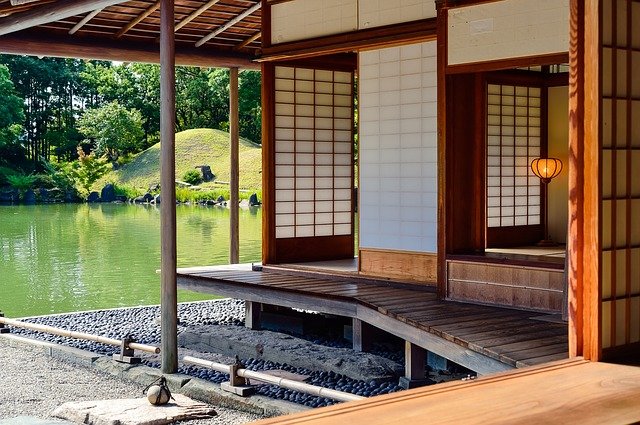Japanese Gardens, The Concepts Behind
Japanese Gardens-Japanese yards are coming to be increasingly more preferred as landscaping features. This is since Japanese gardens seem to have an inherent feeling of tranquility and tranquility connected to them. In addition, if appropriately prepared and also maintained, they do not need to be expensive, nor do they require to be time taken in to take care of. One of the most significant mistaken beliefs that many people have is that a Japanese garden is intended to have unique blossoms. This is not real, as the majority of Japanese yards make even more use of structures and plants to provide their unique look. It is a good idea to recognize the principles behind Japanese gardens to have one that is genuine as well as one that is not upsetting treatment of due to high upkeep exotic blossoms.
One of the very first principles in planning a Japanese garden is to think about nature. Square fish ponds are not natural, but round ones are. Also, making use of shapes that take place in nature, such as rounded sides, matches the feeling of nature as well as tranquility. Also inherent in the principles of Japanese gardens are the components of space. Many people feel that there are “empty” parts of such gardens and the impulse is to load them in. Leaving some eye-catching void accents the other portions of the landscape. Additionally comprehending the concept of size is important. Do not put something huge in a tiny area. It keeps an eye out for areas and also is not in balance with its surroundings. Attempt to create a garden space that enhances the rest of the landscape, as well as useful aspects that enhance each other.
Rooms are additionally part of the basic style of a Japanese garden. Fencings and entrances produce a feeling of seclusion, and also of hideaway. Entryway, as well as departure, are very important, not just to secure the garden away (frequently symbolically) from the outside, yet additionally, since it shows relocating and also vacating. Furthermore, fences use a barrier from the world, where the garden can be appreciated fully without reference to the care that exists outside the yard.
There is no single style in a Japanese garden, as well as lots of people, prefer to take components as well as aspects of the garden and also incorporate them in distinct means. Some aspects of Japanese gardens consist of rock, water, growings, accessories, as well as obtained views. Each of these has a details function.
Rock is the primary foundation of the yard. After appropriately laying out the rocks, the rest of the yard practically develops itself. Rock components include tall vertical rocks, short vertical rocks, horizontal rocks, carved stones, and reclining stones. Stepping rocks, as well as rock paths, are additionally used. Positioning of the rock is very important, as the rocks have meanings. Nevertheless, if you are more concerning looks, you can just position the rocks where you feel they finest complement the look of the garden.
Water can be literal, as in a built water feature, or simulated, similar to raked crushed rock or sand. You can also make symbolic water by fitting river stones firmly with each other. The audio of real water is calming and relaxing, and also it includes the calmness of the garden. The Japanese likewise check out water as the icon of the passage of time.
Growings are secondary to the function of stones in a Japanese garden. Nonetheless, they are very important and also a major problem of the layout. Placement of the plantings, just like the rocks, is necessary to the harmony of the landscape style. Decorative yards, evergreens, and also a variety of deciduous trees can be very appealing in your garden, and also still meet the fundamental concepts of the Japanese yard.
Ornaments are points that serve to enhance the yard. They must not be primary focuses. They are simply accents as well as not to be dealt with as major building aspects in the garden. Some ornaments consist of lanterns, basins, stupas, as well as even some sculptures. Borrowed landscapes consist of elements that can be seen from within the yard, however, they are not located inside the confines of the yard. Different aspects can be placed to accent a far-off hill or to expose a lovely tree to someone else’s home.

Japanese Young People Weekend Activities